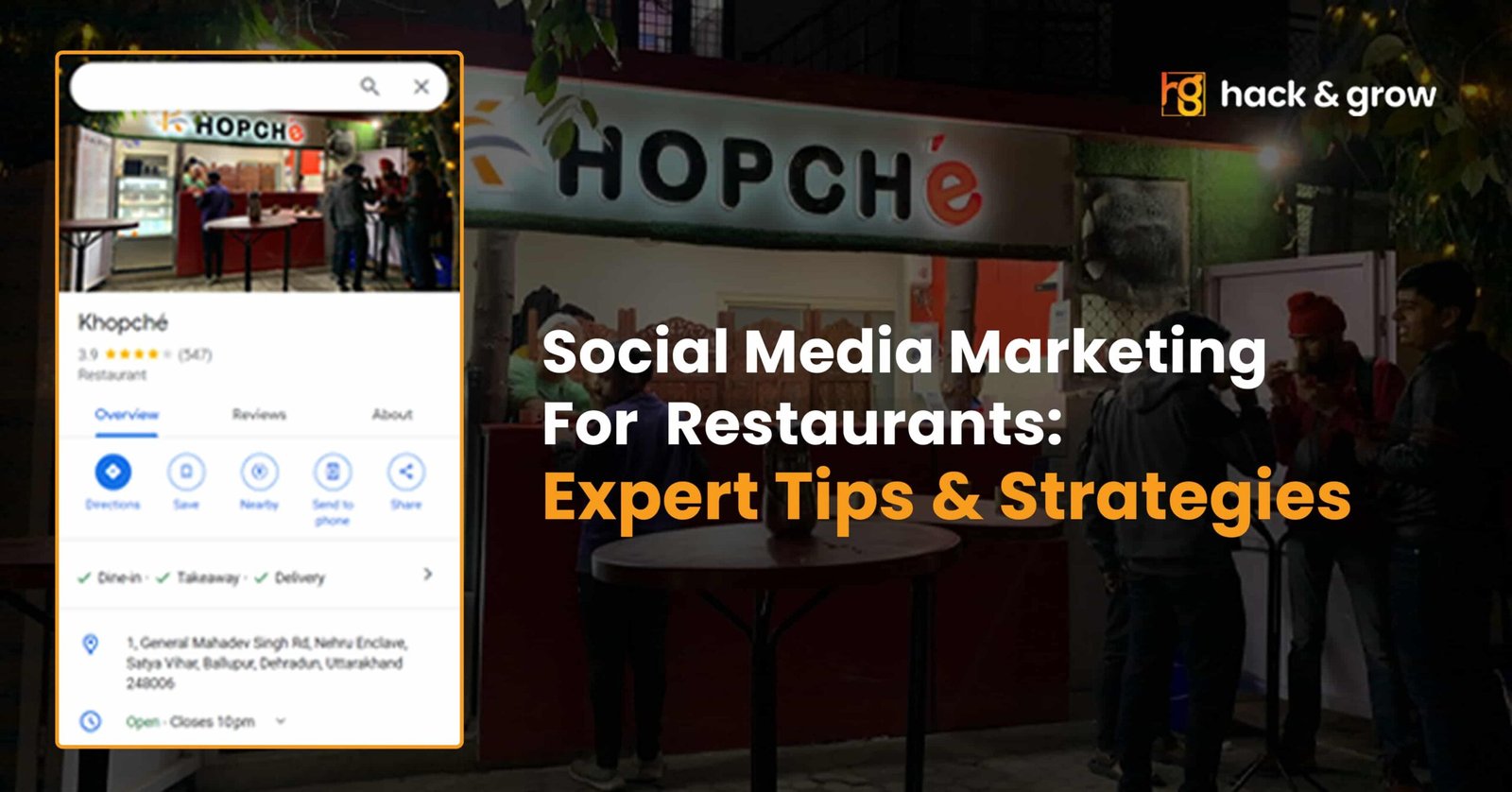In today’s fast-paced digital landscape, social media strategy has become an essential pillar of success for businesses. With billions of people actively engaging on social platforms every day, crafting a well-rounded social media plan can help you build meaningful connections with your target audience, grow brand awareness, and ultimately increase conversions.
This comprehensive guide will walk you through the steps to create an effective social media strategy tailored to your brand’s goals, ensuring you leverage the power of social media to its fullest potential.
What Is a Social Media Strategy?
A social media strategy is a documented plan that outlines how your business will use social media channels to achieve its marketing objectives. It serves as a roadmap, helping you plan, create, and distribute content effectively, engage with your audience, and track your performance over time.
By defining your goals and tailoring your approach to each platform, a good social media strategy ensures consistency in branding, content, and communication with your followers.

Key Benefits of Social Media with Strong Strategy
Before diving into the “how,” it’s essential to understand the benefits of a strong social media strategy. These advantages will help motivate your efforts and demonstrate why investing time in this process is crucial for growth:
1. Increased Brand Awareness
With over 4.2 billion active social media users globally, an effective strategy gives you the opportunity to reach and connect with your ideal audience. Posting consistently with a clear, engaging message helps keep your brand at the forefront of people’s minds.
2. Enhanced Customer Engagement
One of the most significant benefits of social media strategy is its ability to foster engagement. Whether it’s responding to comments, encouraging user-generated content, or holding polls, social media offers a unique chance to build a community and strengthen relationships with your customers.
3. Driving Website Traffic and Conversions
A well-executed social media strategy doesn’t just raise awareness — it drives measurable results. By strategically placing links in your Social media content, you can direct users to your website, product pages, or blogs, increasing traffic and generating leads or sales.
How to Create an Effective Social Media Strategy
Now that you understand the importance of having a strategy, let’s break down the key steps to crafting an effective social media strategy that works for your brand.
1. Set SMART Goals
The foundation of any successful social media begins with setting clear, actionable goals.The SMART framework (Specific, Measurable, Achievable, Relevant, and Time-bound) should guide your goal-setting.
Example: “Increase Social media engagement by 15% in the next quarterly.”
This approach ensures that your efforts are focused, and you can track your progress effectively.
2. Know Your Target Audience
Understanding who your target audience is and what they want from your brand is key to creating relevant content. Conduct research on your audience’s demographics, interests, and online behaviors. This helps you choose the right platforms and tailor your messaging to resonate with your customers.
Tip: Utilize tools like Facebook Insights or Instagram Analytics to gather valuable data about your followers.
3. Choose the Right Social Media Platforms
Not every kind of company is suited for every social media platform. Choosing the right ones based on your target audience and industry can make all the difference in your social media
Here’s a brief overview of major platforms:
- LinkedIn: LinkedIn is the greatest resource for business-to-business (B2B) networking.
- Facebook: Provides a wide range of material forms and a large readership.
- Facebook: Provides a wide range of material forms and a large readership.
- Twitter: Great for real-time updates and discussions.
- TikTok: Focuses on short, creative videos aimed at younger users.
Your entire approach will be improved by choosing the platforms that complement the voice and content style of your business.
4. Develop High-Quality, Consistent Content
Content is the backbone of any social media. Create a content calendar that indicates what kinds of material you will publish when. Your content should be relevant to your audience, visually appealing, and in line with your brand’s identity.
Here’s a breakdown of different Social media content types to consider:
- Images and infographics
- Short videos and Reels
- Educational posts and tips
- Polls, surveys, and Q&A sessions
Make sure to diversify your content while maintaining consistency in posting frequency.
Best Practices for Social Media Strategy
To ensure the success of your social media strategy, follow these proven best practices:
1. Engage with Your Audience
Social media has several advantages, one of which is community building. Participate in conversations, answer comments, and express gratitude to your followers. This makes your brand more relatable and invites more conversation.
Pro Tip: Make use of Instagram Stories’ interactive features, such as polls and quizzes, to increase Social media engagement
2. Optimize for Each Platform
Each platform has its own quirks and best practices, so it’s essential to tailor your content accordingly. Optimize image sizes, post lengths, and hashtags based on the platform you’re using.
Example: Instagram favors short, engaging captions, while LinkedIn allows for more long-form posts. Adapting your content to suit the platform ensures better performance.
3. Analyze and Adapt
Once your social media plan is in place, keep an eye on how well your postings are performing. Use social media analytics to track metrics such as engagement rates, follower growth, and website referrals.
Adapt your strategy based on what’s working. If certain content types are getting more engagement, focus on those formats.
Helpful Tools for Optimizing Your Social Media
To make managing your social media strategy more efficient, here are some useful tools:
- Hootsuite: A social media management tool that allows you to schedule posts, track performance, and manage multiple accounts in one place.
- Canva: A graphic design platform that enables you to create visually appealing content for your social media posts.
- Google Analytics: Track the effectiveness of your social media efforts by monitoring traffic, conversions, and user behavior.
- Buffer: An easy-to-use tool for scheduling posts, analyzing engagement, and managing multiple accounts simultaneously.
Advanced Social Media Strategies to Try
Once you have the basics down, you can move into more advanced strategies that will take your social media to the next level.
1. User-Generated Content
Encourage your followers to create content for your brand by running contests or using hashtags. Reposting user-generated content builds trust and engagement.
Example: Brands like Starbucks and GoPro often feature user content, which encourages their audiences to actively participate.
2. Invest in Paid Social Media Ads
To expand your reach further, paid ads are an excellent option. Social networking sites have strong targeting capabilities that let you connect with certain hobbies and demographics.
Common Mistakes to Avoid in Your Social Media Strategy
Even with a solid social media, there are common pitfalls you should avoid to maximize success:
1. Inconsistent Posting
Consistency is key to keeping your audience engaged. Posting sporadically will likely cause you to lose followers or be forgotten among a sea of competitors.
2. Focusing Only on Self-Promotion
Constantly promoting your products or services can turn off your audience. Instead, focus on adding value by sharing helpful tips, behind-the-scenes content, or relevant news.
3. Ignoring Analytics
Ignoring data and metrics is one of the biggest mistakes you can make. Regularly reviewing analytics helps you understand what’s working and allows you to adjust your strategy accordingly.
Conclusion:
Crafting an effective social media strategy is about understanding your audience, creating engaging Social media content, and being consistent. By setting SMART goals, optimizing for each platform, and engaging with your followers, your brand can thrive in the digital space.






